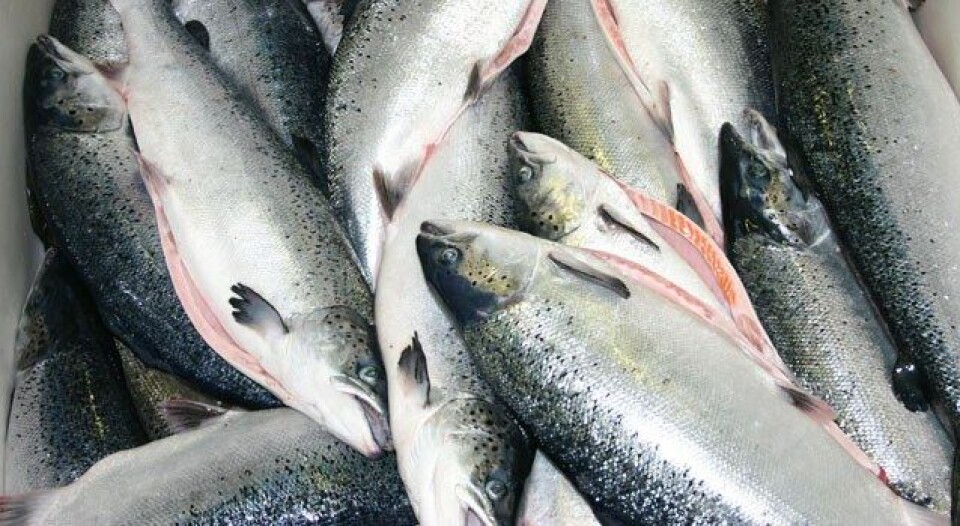
Margins surge by 136%
The Salmar Group achieved an operating profit of NOK 22.74 per kg fish harvested in Q2, up 9 per cent from the previous quarter and more than 136 per cent higher than in Q2 2015.
"Salmar's results are driven primarily by the high price of salmon. The biological situation remains challenging, and this could restrict the growth in supply in coming quarters as well. Managing the biological challenges is still driving up costs, particularly for the Central Norway segment. However, extensive investments in delousing equipment have improved our treatment capacity and response capability," says Salmar's CEO Leif Inge Nordhammer.
Salmar generated gross operating revenues of NOK 2.3 billion in the second quarter, up from NOK 1.8 billion in the corresponding period last year. A total of 32,200 tonnes was harvested in the second quarter, compared with 34,800 tonnes in the same period in 2015. Operational EBIT came to NOK 731.8 million, up from NOK 335.1 million in the second quarter 2015. In the first quarter this year, Salmar achieved an Operational EBIT of NOK 566.5 million from 27,300 tonnes harvested.
The lice situation remains challenging in Central Norway but Salmar claims to have the situation under control and operates within statutory and regulatory thresholds. In addition, extensive investments have been made in delousing equipment that has further improved the company's treatment capacity and response capability.
In April, cases of ISA were identified at one of the company's sites in Frøya. To prevent the disease from spreading, a total of 1.7 million fish were prematurely harvested. This had a negative impact on costs and sales prices achieved. Despite the challenges associated with ISA, production in the Central Norway segment was good in the second quarter.
Although the overall biological situation within Fish Farming Northern Norway is good, this segment's response capability has also been strengthened by investments in delousing equipment. Fish farming activities in general are governed by the region's zone structure which, in turn, forms the basis for operational and harvesting plans. In the second quarter, these resulted in a slightly unfavourable allocation of the harvested volumes in relation to the movement in prices through the period.
The biological challenges experienced by the fish farming operations have a knock-on effect for the company's sales and processing businesses. Quality downgrades and non-standard sizes affect operational efficiency at the harvesting plant and impair the prices achieved by the sales force. The sanitary situation also complicates the logistics. The fact that around 45 per cent of the volume harvested was sold under contract, at prices well below the average spot price in the period, also had a negative impact on results. The contract rate for the second half of 2016 is expected to be around 40 per cent.
Following internal control tests, ISA was identified at two of the company's sites in Frøya. However, verification tests performed by the Norwegian Food Safety Authority have not found ISA, though the status "under suspicion" has been retained for the sites concerned and Salmar is closely monitoring the situation.
Based on estimates of the standing biomass, the global supply of Atlantic salmon is expected to fall by 6% to just over 140,000 tonnes in 2016, so the company expects strong results in the second half of 2016 as well.
In 2016 as a whole, Salmar expects to harvest around 126,000 tonnes of salmon in Norway, while Norskott Havbruk (Scottish Sea Farms) is expected to harvest 26,000 tonnes.




















































